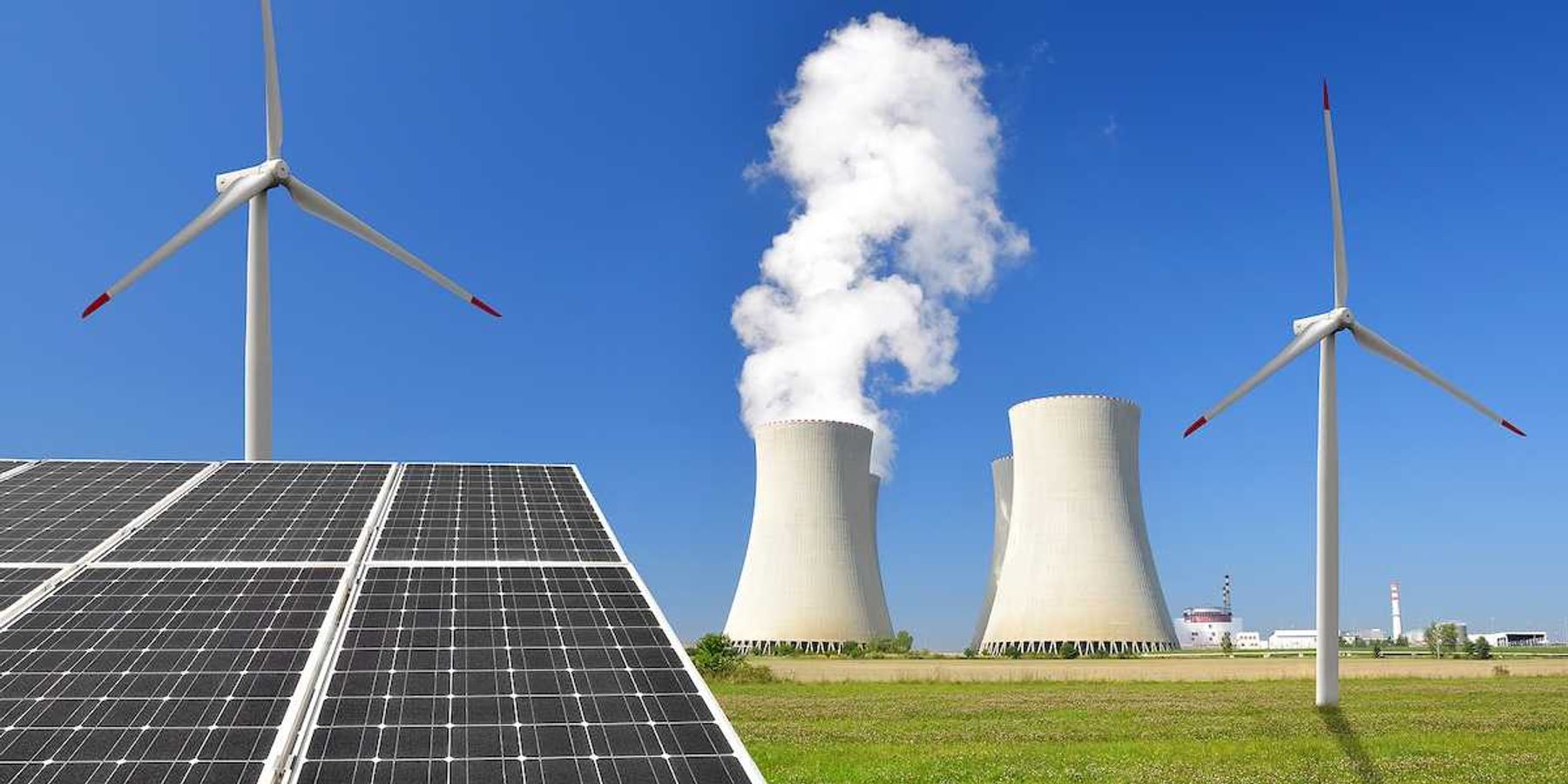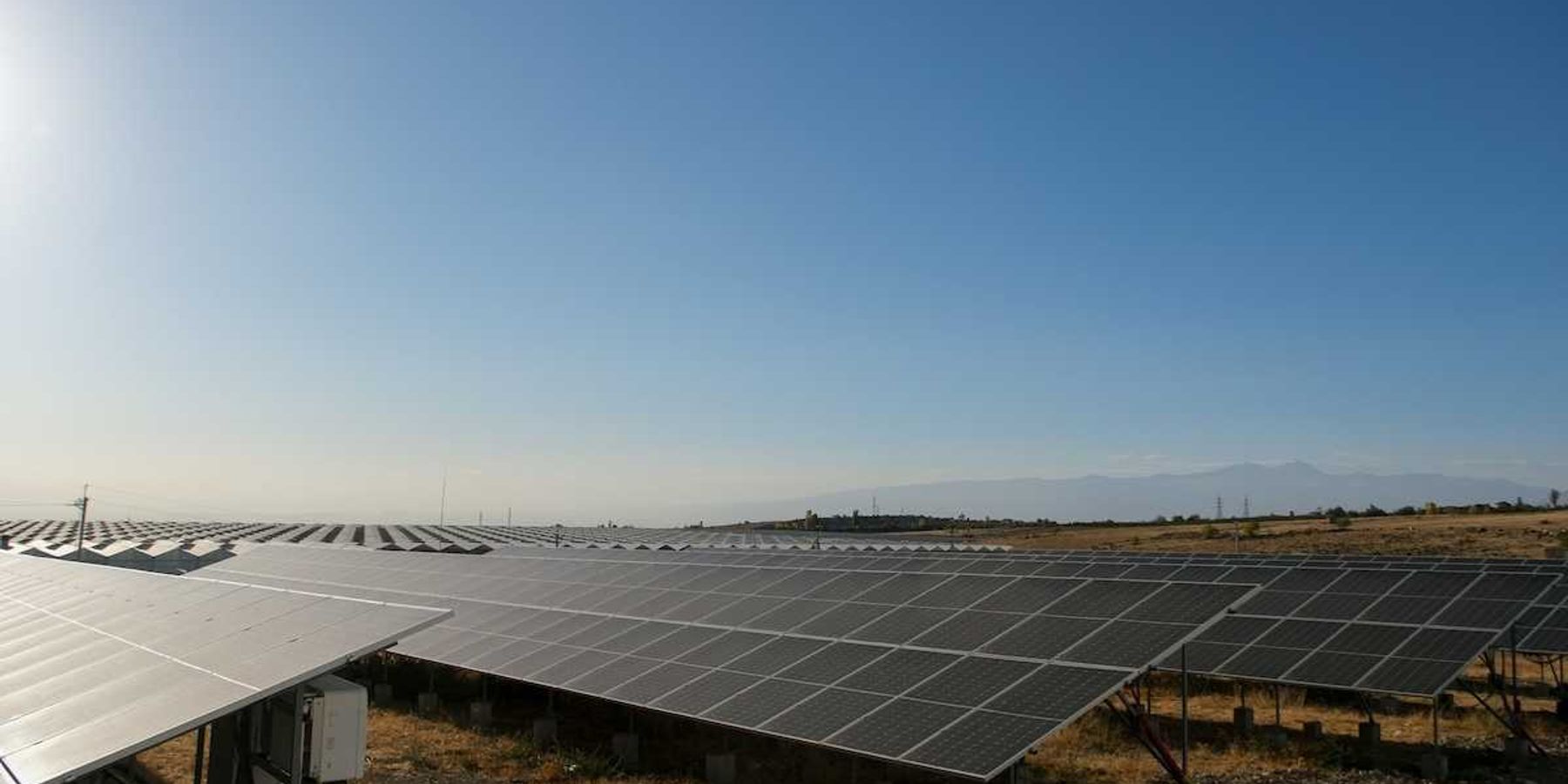precipitation
Extreme rains in Oman and UAE linked to climate change
A recent study suggests climate change, driven by fossil fuel emissions, likely intensified the unprecedented rains in Oman and the UAE, causing significant destruction and fatalities.
In short:
- The World Weather Attribution's analysis points to climate change as the main driver behind the recent extreme weather in the UAE and Oman, marking a significant increase in rainfall intensity.
- This catastrophic event resulted in the deaths of 25 people across both countries and disrupted major infrastructure, including Dubai's international airport.
- The report emphasizes that no other factors besides global warming have been identified to explain the surge in precipitation.
Key quote:
“The UAE and Oman floods have shown that even dry regions can be strongly affected by precipitation events, a threat that is increasing with increasing global warming due to fossil fuel burning.”
— Sonia Seneviratne, WWA member and professor at Zurich’s ETH university
Why this matters:
Climate change may be altering weather patterns, shifting the paths of storms and worsening the intensity of rainfalls. This shift disrupts typical weather in regions like typically arid regions like Oman and the UAE and poses significant environmental and health challenges, such as increased risk of floods and waterborne diseases.
Climate change: A drastic shift in Atlantic Ocean currents could leave Chicago high and dry
U.S. in for more severe weather as ‘atmospheric river’ arrives
Why California’s 2022 wildfire season was unexpectedly quiet
Northeast enjoys blissfully mild summer as Plains and South bake
The nice weather in the Northeast has come at a cost. Because it has remained north of the storm track, very little precipitation has fallen. Moderate to severe drought has developed from eastern Connecticut through southern Maine.









